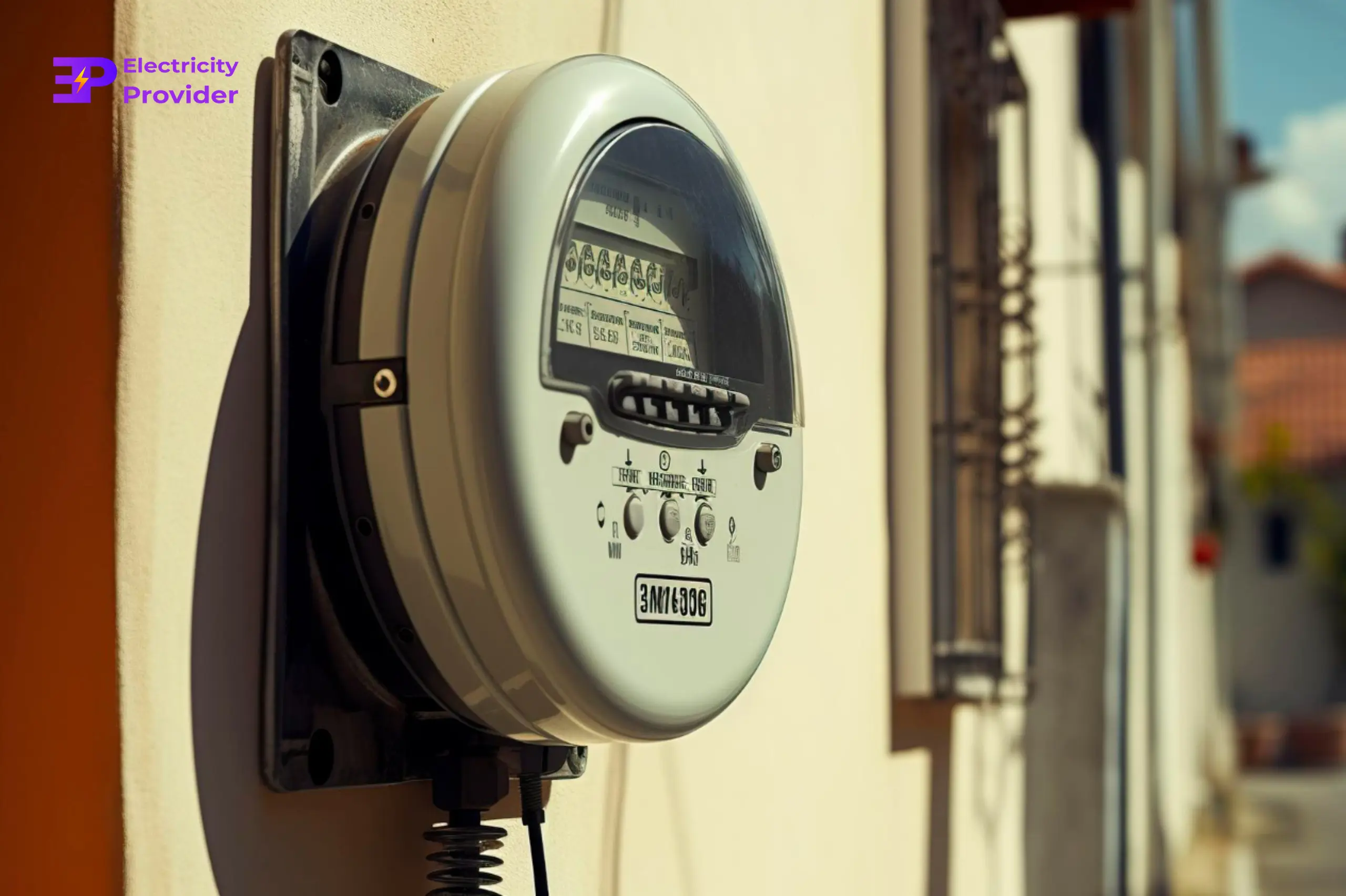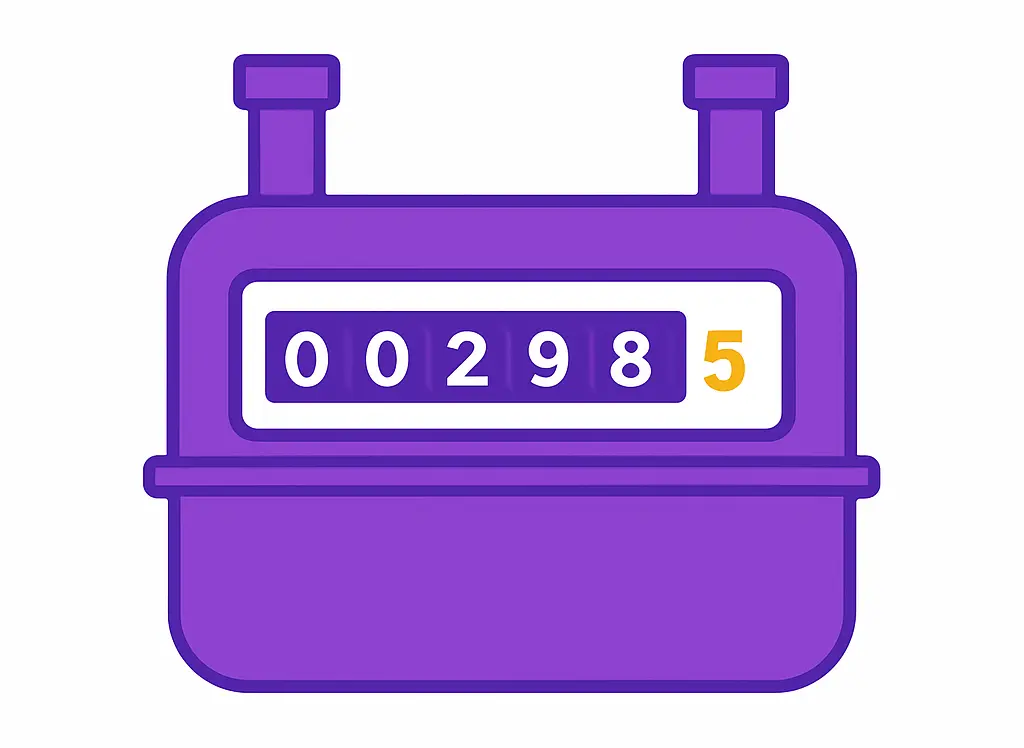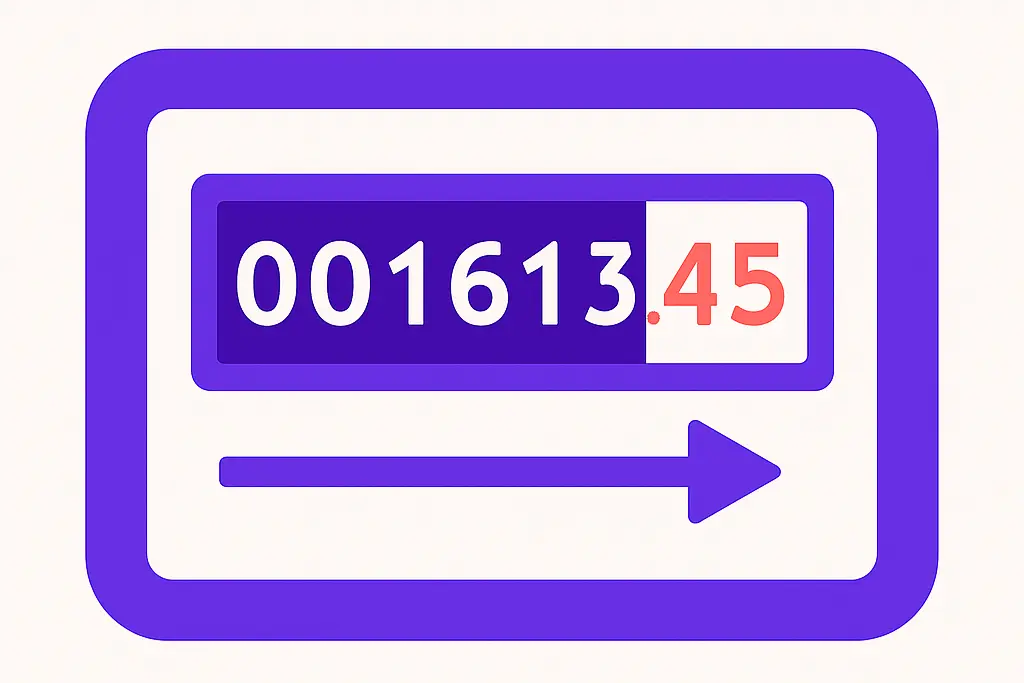This guide will walk you through everything you need to know about your gas meter in Australia. We'll cover what a gas meter is, how to find it, and the simple steps to read it correctly.

Published on 09/09/2025
By Pallav Verma
Gas Comparison
Understanding your gas bill can feel tricky, but one of the ideal ways to get on top of your energy usage is to learn how to read your gas meter. It might seem like a small step, but knowing how much gas you’re using gives you the power to manage your consumption, ensure your bills are accurate, and find cheaper gas and electricity deals.
This guide will walk you through everything you need to know about your gas meter in Australia. We'll cover what a gas meter is, how to find it, and the simple steps to read it correctly. By the end, you'll be able to confidently submit your own reading and take control of your energy costs.
Key Takeaways
A gas meter is a device that measures the volume of natural gas your household consumes. Your energy provider uses the data from this meter to calculate your gas bill. Essentially, it tracks how much gas flows into your home for appliances like your stove, heater, and hot water system.
There are a few different types of gas meters you might find at your property in Australia. Here are the most common ones:


Unlike electricity meters, there are currently no "smart" gas meters that can be read remotely. This means a meter reader needs to physically visit your property to get a reading.
Before you can read your meter, you need to find it. Here's where to look and how to stay safe.
The location of your gas meter can vary depending on your type of home:
If you’re having trouble locating your meter, your landlord or building manager should be able to help.
Your safety is the top priority. Before you access your gas meter, remember these simple tips:
Reading your gas meter is straightforward once you know which type you have. Always make sure you're reading the correct meter by matching the meter number to the one on your latest gas bill.
This is the most common type of meter.
For example, if your meter shows 001613.45, your reading is 1613.

These older meters look a bit more complicated, but the process is simple.
Your gas meter is typically read by your energy distributor every few months. However, sometimes the meter reader can't access your meter. This could be due to a locked gate, a pet in the yard, or other obstructions.
When this happens, your energy provider will send you an estimated bill. This estimate is based on your past usage patterns. If your actual usage was lower than the estimate, you could end up overpaying.
The good news is that you can fix this by submitting your own meter reading. Simply follow the steps above to read your meter and send the reading to your energy provider through their website or app. They will then issue a revised bill based on your actual usage.
Your gas meter has a unique identification number called a Meter Installation Registration Number (MIRN). You can usually find this number printed on a label or barcode on the face of the meter. It's also listed on your gas bill.
You'll need your MIRN when you're:
Your local gas distributor is responsible for reading your meter. This is a separate company from your energy retailer (the company that sends you your bills). They send a meter reader to your property on a regular schedule, usually every two to three months.
Yes. If you're building a new home or need to replace an old or faulty meter, you can request a new installation. You should contact your energy provider to arrange this.
No. Homes that use Liquefied Petroleum Gas (LPG) from bottles or tanks do not have a gas meter. You simply order new LPG bottles when you run low. Gas meters are only for homes connected to a natural gas network.
Your meter reading shows your exact gas consumption. With this data, you can accurately calculate your usage and compare it against different gas plans and providers. Knowing your consumption patterns is crucial for finding the cheapest energy plans that match your household's needs.
Understanding how to read your gas meter is a simple yet powerful skill. It helps you keep your energy provider accountable, ensures you only pay for what you use, and gives you the knowledge to make smarter decisions about your energy consumption. By taking regular readings, you can better manage your budget and confidently engage in gas plan comparison to find the ideal deals.
Ready to see if you could be saving money on your gas bill? Use your usage data to compare gas plans with electricityprovider.com.au and find a better deal today.



